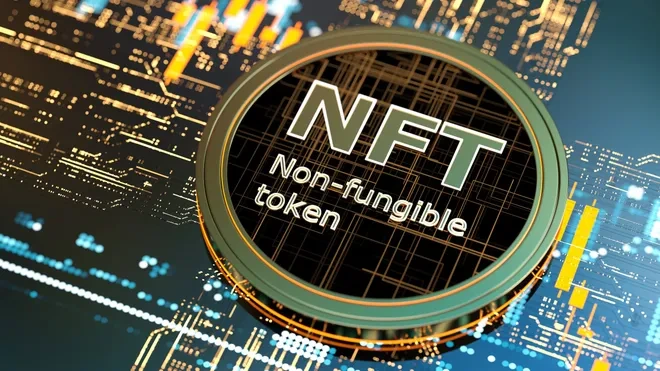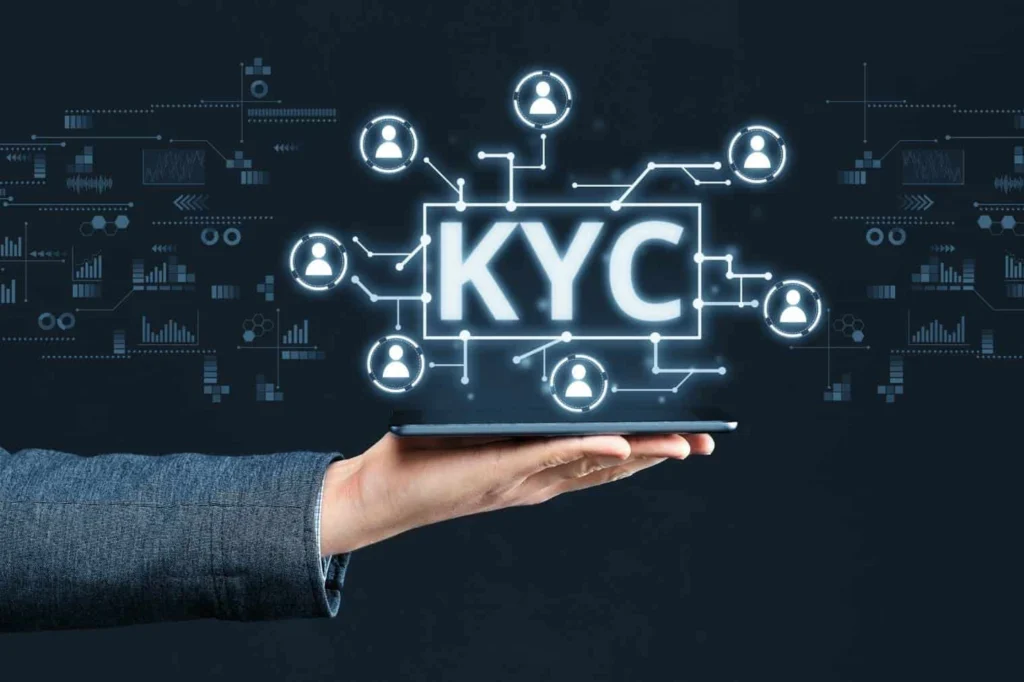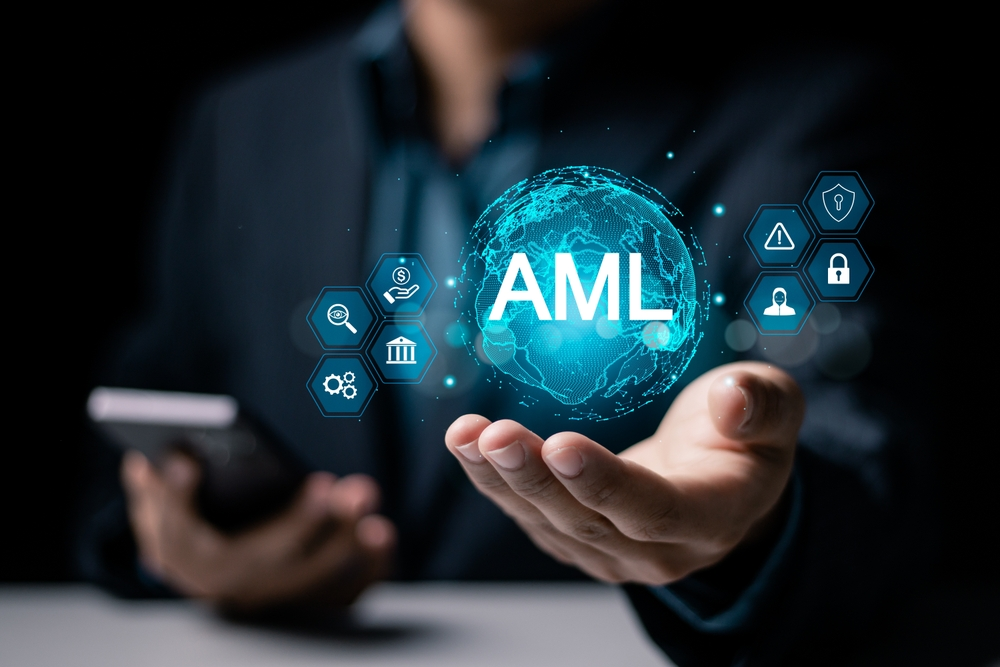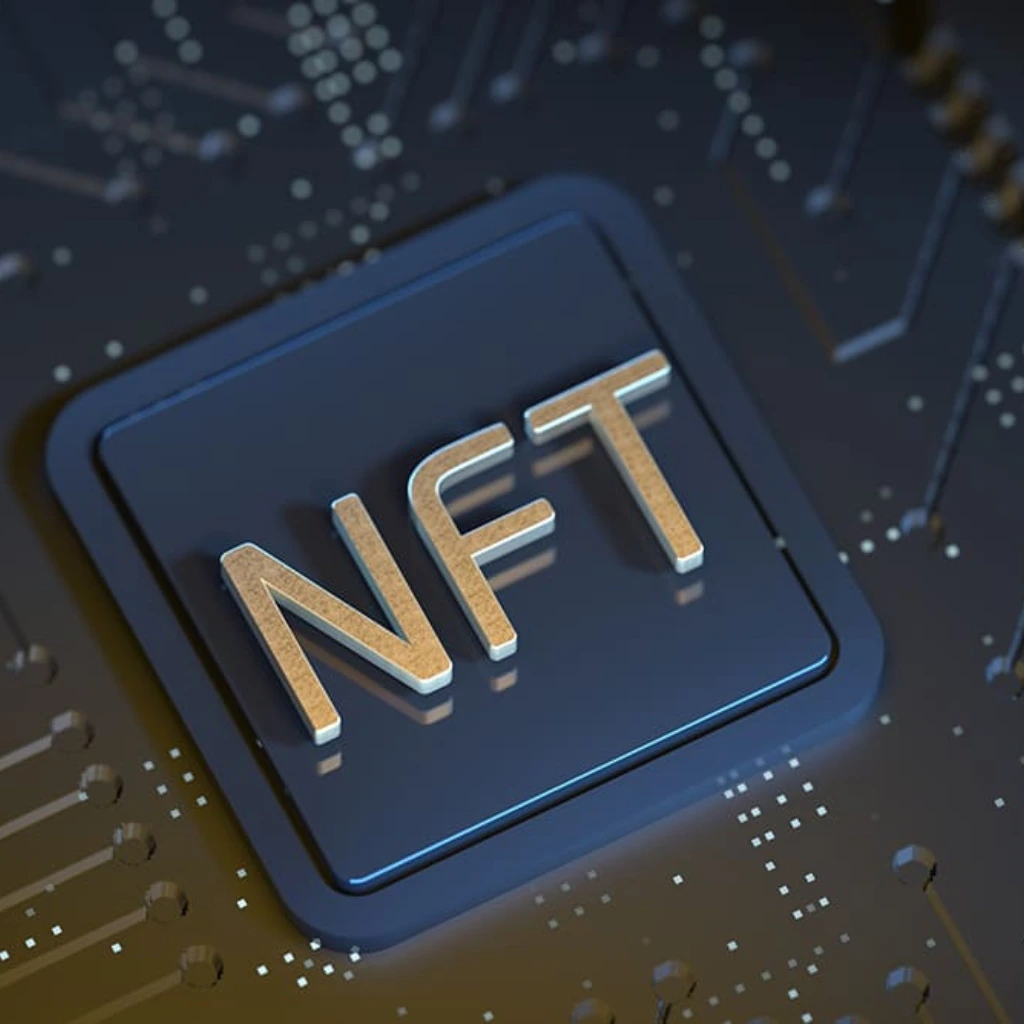RWA vs NFT: A Technical Breakdown of Blockchain-Based Asset Classes
The blockchain ecosystem hosts a wide range of token standards and use cases. Among the most discussed are Real-World Assets (RWAs) and Non-Fungible Tokens (NFTs). Although both are tokenized representations of value or ownership on a blockchain, they diverge sharply in structure, use case, regulatory profile, and underlying value mechanics. Here’s a technical breakdown of RWA vs NFT—their definitions, mechanics, and how each operates within the broader digital asset landscape.


RWA vs NFT : Definition and Functionality
Real-World Assets (RWAs)
RWAs are tokenized representations of physical assets—real estate, commodities, financial instruments, etc.—registered on a blockchain. The tokens are typically issued under standards like ERC-20 or ERC-1400, depending on compliance needs. Each token represents a fractional or whole share in a tangible asset and may be tied to legal contracts that define rights of ownership, redemption, or income (e.g., rent, dividends).
- Primary Use: Investment vehicles with real-world backing.
- Token Standards: ERC-20 (fungible), ERC-1400 (security tokens).
- Legal Layer: Smart contracts and legal entities enforce real-world claims.

Non-Fungible Tokens (NFTs)
NFTs are unique digital tokens typically built on ERC-721 or ERC-1155 standards. Unlike fungible tokens, each NFT has a unique identifier and metadata that define its attributes and provenance. NFTs are most often associated with digital art, collectibles, gaming assets, or other non-interchangeable media.
- Primary Use: Proof of ownership for unique digital content.
- Token Standards: ERC-721 (unique), ERC-1155 (semi-fungible).
- Legal Layer: Ownership is on-chain, but real-world enforceability is limited.


RWA vs NFT : Asset Backing & Value Determination
- RWAs derive value from the performance, valuation, and liquidity of a physical or financial asset. Tokenization is primarily used for increased liquidity, fractionalization, and global accessibility.
- NFTs derive value from scarcity, creator reputation, market sentiment, and community engagement. The value is often subjective and may not be tied to any tangible asset.
Ownership and Transferability
| Feature | RWA | NFT |
|---|---|---|
| Fungibility | Fungible (usually) | Non-Fungible |
| Ownership | Linked to legal claims on physical assets | On-chain proof of digital ownership |
| Transferability | Typically via regulated platforms | Freely traded on NFT marketplaces |
| Fractional Ownership | Common and often structured via smart contracts | Rare (though fractional NFT models exist) |
RWAs often require off-chain agreements to validate claims in legal jurisdictions. NFTs, by contrast, represent on-chain ownership that may not carry real-world enforceability unless paired with a legal framework.
Compliance and Regulation
RWAs typically fall under securities laws, meaning issuers must adhere to KYC/AML requirements, jurisdictional compliance, and custody standards. Many RWA platforms use special-purpose vehicles (SPVs) or custodians to manage legal and physical asset rights.
NFTs, on the other hand, operate in a relatively unregulated environment (though this is evolving). They are not inherently securities, unless structured with profit expectations or financial utility, in which case they could be subject to regulatory oversight.


Liquidity and Market Infrastructure
- RWAs are designed to improve the liquidity of traditionally illiquid markets (e.g., real estate, fine art, private equity). Liquidity, however, is often constrained by compliance requirements, the quality of asset backing, and platform interoperability.
- NFTs are highly liquid within their niche ecosystems, such as OpenSea, Blur, or Magic Eden. However, market depth varies drastically depending on project hype, utility, and community support.
Risks and Considerations
| Risk Type | RWA | NFT |
|---|---|---|
| Regulatory Risk | High (jurisdictional compliance required) | Moderate (depends on financial structure) |
| Market Volatility | Lower (linked to real assets) | High (hype-driven) |
| Liquidity Risk | Moderate (platform and legal complexity) | High (project dependence) |
| Custody Risk | Exists (physical asset management) | Minimal (fully digital) |
| Fraud/Scam Risk | Lower with audited platforms | High due to low barriers to mint NFTs |
Conclusion: Strategic Fit
- RWA tokens are positioned as a bridge between traditional finance (TradFi) and decentralized finance (DeFi), offering more efficient ways to tokenize and access real-world value.
- NFTs have carved out a unique niche in digital culture, gaming, and entertainment, acting as primitives for identity, community access, and ownership of media.
Use RWA if you’re looking for blockchain-based exposure to real-world value in a regulated, investment-oriented context.
Use NFTs if you’re exploring digital ownership, collectibles, or creative utility with an emphasis on uniqueness and community.
Relevant Link : Here



